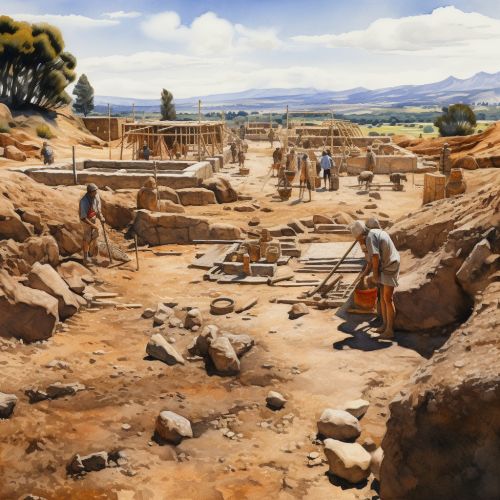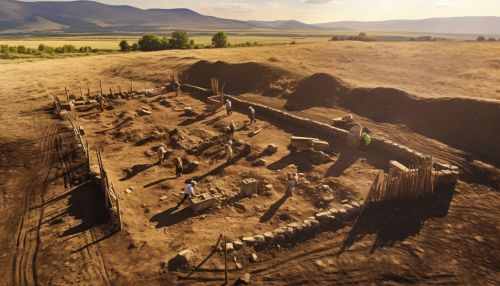Computational Archaeology
Introduction
Computational archaeology, also known as computational anthropology, is a sub-discipline of archaeology that applies computational methods and tools to archaeological research. It encompasses a wide range of techniques including Geographic Information Systems (GIS), 3D modeling, virtual reality, data mining, and machine learning. These techniques are used to analyze and interpret archaeological data, as well as to simulate and visualize archaeological phenomena.


History and Development
The advent of computers in the mid-20th century brought about a new era in archaeology. The first applications of computers in archaeology were primarily for data storage and management. However, as technology advanced, so did the applications of computers in archaeology. Today, computational archaeology is a rapidly evolving field that is constantly incorporating new technologies and methodologies.
Techniques and Applications
Geographic Information Systems
Geographic Information Systems (GIS) are widely used in computational archaeology for spatial analysis and visualization. GIS allows archaeologists to map and analyze spatial relationships among archaeological sites and features. This can aid in understanding patterns of human behavior, such as migration routes, settlement patterns, and resource use.
3D Modeling and Virtual Reality
3D modeling and virtual reality are used in computational archaeology to create realistic representations of archaeological sites and artifacts. These technologies allow archaeologists to explore and interact with virtual reconstructions of the past, providing a more immersive experience than traditional 2D representations.
Data Mining and Machine Learning
Data mining and machine learning techniques are increasingly being applied in computational archaeology. These techniques can be used to analyze large datasets, identify patterns, and make predictions. For example, machine learning algorithms can be used to classify artifacts or predict the location of archaeological sites.
Challenges and Criticisms
While computational archaeology has many advantages, it also faces several challenges and criticisms. One of the main challenges is the complexity and diversity of archaeological data, which can make it difficult to apply computational methods effectively. Additionally, there is often a lack of standardization in the way archaeological data is collected and recorded, which can further complicate data analysis.
Critics of computational archaeology argue that it can be overly reductionist, simplifying complex human behaviors into quantifiable data. They also caution against the over-reliance on technology, arguing that it should complement, not replace, traditional archaeological methods.
Future Directions
The future of computational archaeology is likely to be shaped by advances in technology and data science. As computing power increases and new analytical techniques are developed, the potential applications of computational archaeology will continue to expand. There is also a growing interest in open data and reproducible research, which could lead to more collaborative and transparent practices in the field.
